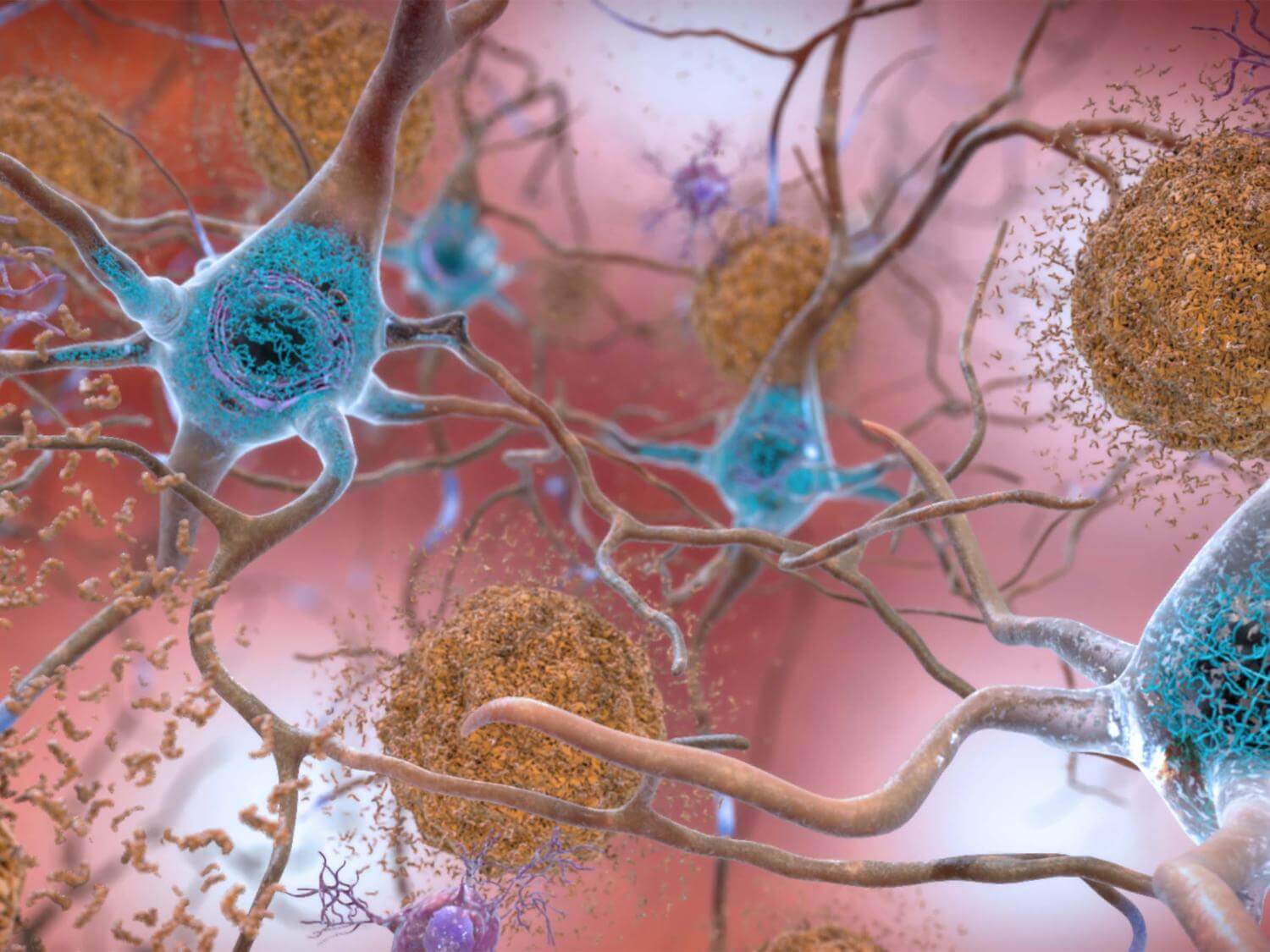BALTIMORE — One protein in the body could provide doctors with a vital warning sign in patients at risk for Alzheimer’s disease long before symptoms actually emerge. A long-term Johns Hopkins study of cognitively healthy adults, most with a family history of Alzheimer’s, shows that low spinal fluid levels of this protein — associated with learning and memory — could be an early indicator of mild cognitive impairment (MCI) up to seven years before symptoms appear.
Specifically, the researchers showed that a low level of the protein NPTX2 is not only a likely risk factor for MCI and Alzheimer’s in and of itself, but it also can serve as a way to predict cognitive impairment after accounting for levels of traditional biomarkers and genetic risk factors for the condition as well.
The work included over 250 primarily middle-aged adults, most of whom were White, and discovered that the findings were consistent with and build upon previous studies by showing that measurements of NPTX2 in cerebrospinal fluid were predictive of MCI onset within seven years or longer before symptoms even emerge.
“Our research shows declining levels of NPTX2 occur many years prior to the emergence of MCI or Alzheimer’s symptoms, which raises the possibility of developing new therapeutics that target NPTX2,” says Anja Soldan, Ph.D., associate professor of neurology at the Johns Hopkins University School of Medicine and corresponding author of the study, in a media release. “Additionally, it appears that this protein is not a specific marker to just Alzheimer’s, and these findings may be relevant to a variety of other neurodegenerative diseases. So if we can find ways of increasing levels of NPTX2, then it could be applied to identify early and possibly treat other types of memory loss or cognitive impairment as well.”
Specifically, their results showed:
- Over time, 77 people progressed to MCI or dementia within or past seven years of baseline measurements. Of those participants, 88 percent were diagnosed with Alzheimer’s as a first or second cause of dementia.
- Those who progressed to MCI had, on average, about 15 percent lower NPTX2 levels at baseline compared with those who remained unimpaired, a difference that was still significant after accounting for baseline Alzheimer’s biomarker levels and genetic factors.
- Higher levels of baseline tau and phosphor-tau levels (two of the main hallmark Alzheimer’s disease proteins) were associated with greater decreases in NPTX2 over time, suggesting that NPTX2 may decline in response to tau progression.

According to the Alzheimer’s Association, MCI impacts up to 18 percent of people ages 60 and older. Symptoms include memory loss or trouble with language or executive function. People with it are still able to go about their lives living relatively the same way as they always have but are considered at a higher risk of developing Alzheimer’s disease or another kind of dementia.
Currently, estimates show that there are 6.7 million adults over the age of 65 with Alzheimer’s disease in the U.S. alone. This figure is expected to double or triple by 2050. These staggering numbers have begun to urge researchers and scientists to find better predictors that catch the disease really early, as well as target therapies to slow progression. There is only one FDA-approved drug that can slow symptoms in the early stages, and not that significantly.
“Currently, we only have drugs that modify mild symptoms of Alzheimer’s disease and nothing right now to give people who are cognitively normal but at higher risk,” explains Soldan.
However, when this changes, having an accurate way to predict such risk will be huge for target therapy. Despite this and other research that has come before it, Soldan mentions that “we’re a long way out” from a simple way to routinely test spinal fluid samples for NPTX2 levels in people. As such, more research is necessary to figure out what factors actually impact levels of the protein in order to find a root cause.
The findings are published in the journal Annals of Neurology.
You might also be interested in:
- Simple phone menu test helps detect risk of Alzheimer’s before symptoms emerge
- Lamps zapping the brain with light beams may help reverse symptoms of dementia
- New FDA-approved drug may revolutionize Alzheimer’s treatment

